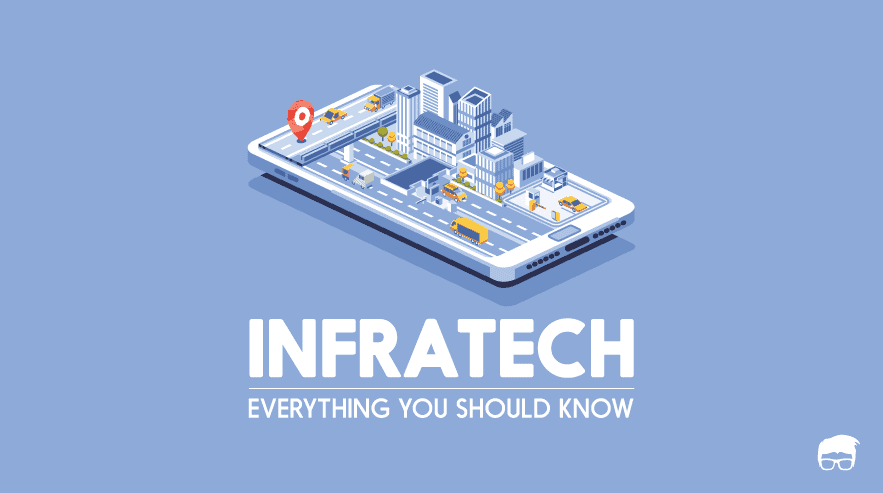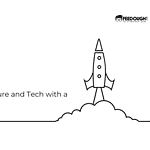Our existing infrastructure was designed and built in a different age, with different levels of technical know-how. Things such as environmental impact and ecological effect of structures on nature were not among the primary concern back then.
This is no longer the case. Times have changed and so has the world and its people. The existing infrastructure, which was designed and built for a time simpler than the current, is mostly inappropriate for today’s world.
We now have much-expanded knowledge and technology to be able to create better structures that lean more towards sustainability and offset its impacts.
Enter Infratech.
What Is Infratech?
Infratech is defined as improving or supplementing physical infrastructure with the usage of technology to deliver efficient, connected, resilient, and agile assets.
The word Infratech is an amalgamation of the words “infrastructure” and “technology”. It is a vast field, covering all of the domains related to infrastructure, including –
- Energy generation and distribution infrastructure (Eg: Nuclear plant)
- Transportation infrastructure (Eg: Roadways)
- Water and waste infrastructure (Eg: Recycling plants)
- Food production & storage infrastructure (Eg: Greenhouses & Cold storages)
- Resource extraction, processing and use infrastructure (Eg: Off-shore oil rigs)
- Communications infrastructure (Eg: Cell towers)
- Health and well-being infrastructure (Eg: Hospitals)
- Smart materials (Eg: Advanced construction materials)
These domains and examples are among the few of the many sectors that stand to benefit from utilizing “Infratech” solutions. The benefits range from – the creation of smarter, greener, robust and efficient infrastructure to improving the safety of workers.
The importance and use of Infratech can be further understood by looking at the current challenges that the construction and infrastructure sector faces.
Infrastructure Sector Challenges
Here are a few of the major challenges that the infrastructure and construction sector faces –
Structural Damage
Man-made structures are subjected to the elements of nature as well as man-made forces. This means that they are at the risk of constant degradation of structural integrity. It also means that they are susceptible to risks such as erosion or rusting of materials due to moisture or damage to materials due to fires.
Structural & Material Faults
Building structures needs utmost precision and the use of strong and appropriate materials at respective places accordingly. Failing to do so or even slight mistakes or misjudgments could prove to be fatal or destructive on nature.
The structures and buildings not only have to support their weight but also have to oppose the forces of nature as well as human utilization.
Maintenance Follow-ups
Since the buildings are subjected to constant degradation that is caused due to various natural and man-made factors, it requires constant maintenance. Failing to properly maintain the structure can also prove to be fatal in the long run.
Project Delays
Construction of any structure is a large undertaking and it takes quite a while for a project to be fully completed. While delays are to be expected, constant delays stop progress drastically and introduce newer problems such as – reduced structural integrity or incorrect construction.
Excess Resource Usage
Infrastructure projects are large in scale – even the simplest of construction projects such as building a sewage network involve the use of a large number of resources such as energy, electricity, water and required construction materials. Most often, these resources are either over-utilized leading to wastage of resources while adding little to its structural integrity.
Security
Even with today’s technology and equipment, security proves to be a big problem too and the implementation of separate security personnel brings in problems of its own such as being dependent on an individual’s performance to provide security and safety to your structures.
Which brings us to –
What are the use cases of Infratech? How does it help tackle the challenges and improve the situation? What and where does technology help benefit infrastructure?
Infratech Use Case
Sensors & Remote Monitoring Systems
Sensors and Remote Monitoring Systems help solve most of the challenges. A sensor or a monitoring system could help in –
- Reducing structural damage caused by natural and man-made elements by recording useful data over time
- Reducing the various causes of faults while constructing the buildings
- Increase security by automating protection and regulating the entry and exit from buildings
- Provide timely updates on the structure’s integrity to follow up on maintenance as necessary
Artificial Intelligence
The use of Artificial intelligence brings lots of benefits to the table. Not only does it help reduce errors during construction, but it can also be used to predict them even before they have the chance of occurring.
Project Management Systems
Project Management Systems help in reducing the delays encountered on a construction project. They help keep tabs on one another and improve productivity in general since things tend to flow in a natural sequence as necessary steps are finished one by one.
Computer Vision
Computer Vision refers to the programming of computers to be able to understand the situation from digital images and videos. When paired with a remote monitoring system such as surveillance cameras, computer vision can help improve things such as construction workers safety, usage of appropriate construction materials and the security of the structure.
These are a few important uses cases where Infratech is being used to make a difference. Moving on, let’s look at a few companies and startups that operate and are striving to innovate in the field of Infratech.
Infratech Startups & Companies
CIPO Cloud
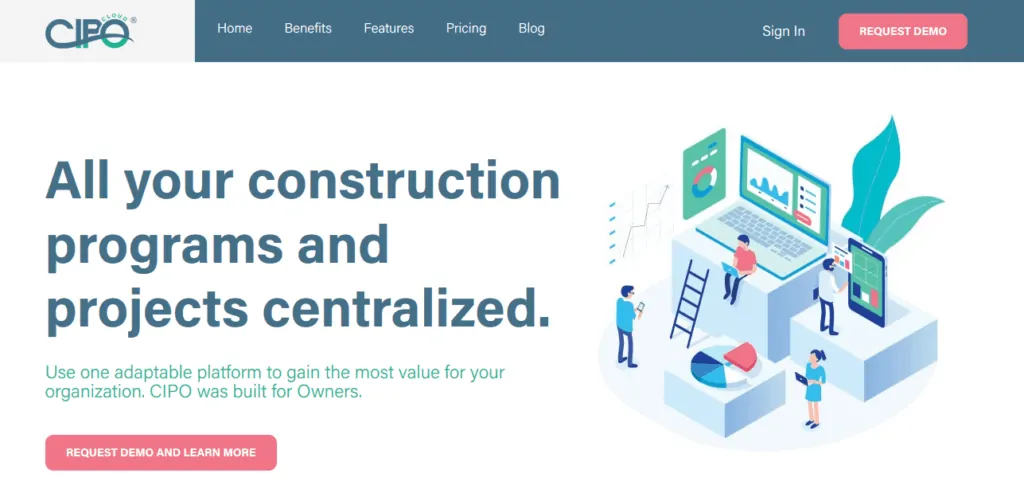
CIPO Cloud is an American company that provides resource and user management software for construction projects. This helps overcome problems encountered by construction companies by allowing them to track, manage and visualize their projects and its resources in real-time.
Brooklyn SolarWorks
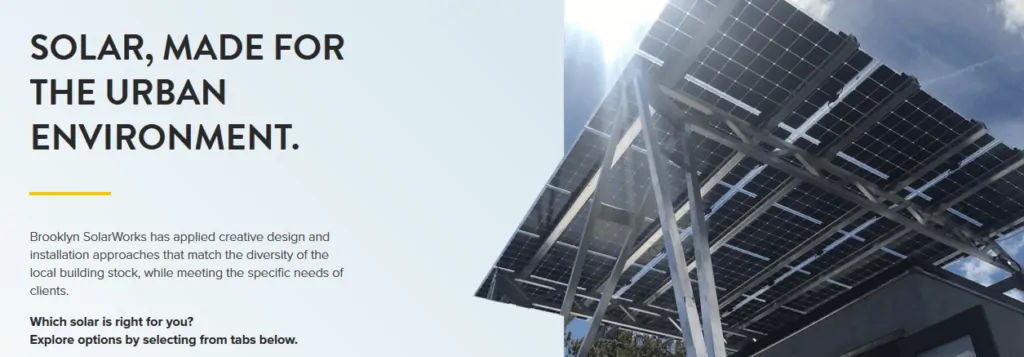
Brooklyn SolarWorks is a New-York based residential solar systems provider. It has a hyper-local approach on providing and installing solar panels in residential properties which have helped reduce the load on the main grid all while helping reduce carbon footprint.
ICON
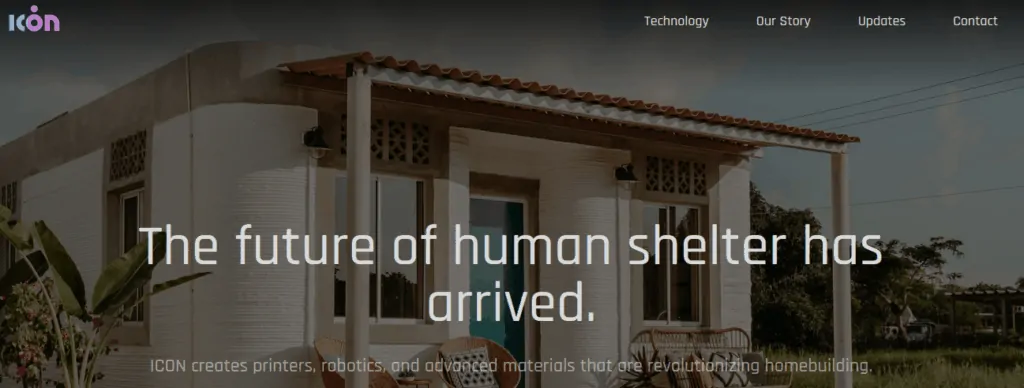
ICON is an American company that has developed 3D-printing techniques for printing and fabricating housing structures. This helps reduce the time taken to construct as well as reduce the resources used while increase the structural integrity due to the use of 3D printing.
Keller Williams

Keller Williams is a technology company that launched an AI-powered assistant that helps provide real-estate agents and customers with real-time information on interested properties.
Future of Infratech
The future of Infratech is now. Various technologies are being used to make the construction of structures safer, efficient, and easier. Infratech and its solutions help make buildings future-proof and much more flexible to changes in usage and maintenance than traditionally-built structures. The advancements made in computing, in general, has made most design firms, contractors, and construction companies to adopt Infratech and its solutions for building improved structures that benefit today’s world.
Go On, Tell Us What You Think!
Did we miss something? Come on! Tell us what you think about our article on Infratech in the comments section.

Started out to become a developer but felt at home in the home of startups. The journey started from a single novel. Been an entrepreneur since schooling days. Interested in coding, reading and movies.
